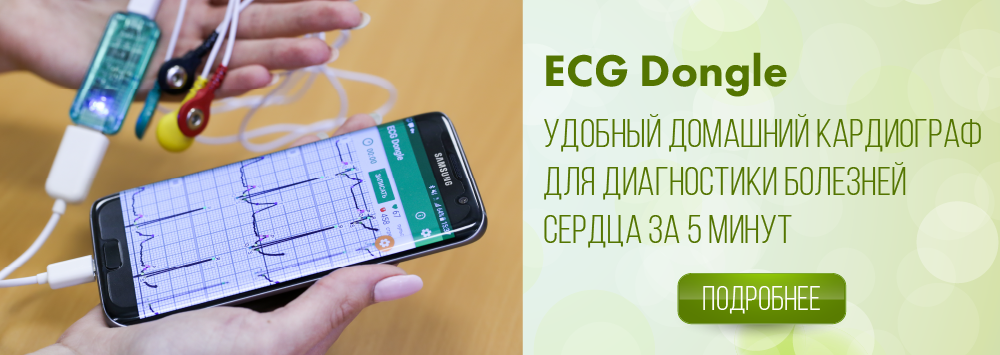Cardiotocography
Cardiotocography (CTG) is a method of functional assessment of the state of the fetus during pregnancy and childbirth based on the registration of the frequency of its heartbeats and their changes depending on uterine contractions, the action of external stimuli or the activity of the fetus itself. A device designed for cardiotocography is called a fetal monitor (cardiotocograph).
CTG is currently an integral part of a comprehensive assessment of the fetal condition. Observation of the fetal cardiac activity significantly expands the possibilities of diagnosis, both during pregnancy and in childbirth, which effectively solves the issues of rational tactics for their management.
Cardiotocography is usually used from the 24th week of pregnancy. The duration of this study can vary from 10 minutes to 1 hour, due to the presence of sleep periods in the fetus, which can last up to 40 minutes, during which not all necessary parameters can always be measured. The cardiotocogram reflects the complex life processes of the fetus, therefore its processing consists in the analysis of various characteristics, the most important of which are the parameters describing the variability of the fetal heart rate, since with the help of its analysis it is possible to determine the presence of disorders in the fetus with a high probability. The main indicators are: basal heart rate, oscillations, accelerations, decelerations, short-term variability (STV), long-term variability (LTV).
In order for the CTG results to be accurate, it is impossible:
- Conduct research on an empty stomach or immediately after a meal. The optimal time for CTG is 1.5-2 hours after eating.
- Administer glucose before the procedure and take sedatives or magnesium.
- Pass CTG after experienced stress.
- Smoking or drinking before CTG.
- Start the procedure immediately after physical activity - walking up the stairs, sudden movements that affect the heart rate.
It is difficult to diagnose in overweight women, because a significant fat layer drowns out the baby's heartbeat. Incorrect data can be obtained if the sensor is incorrectly applied, and it will register the pulsation of the mother's aorta, then the heart rate will reach 65-80 beats per minute.

